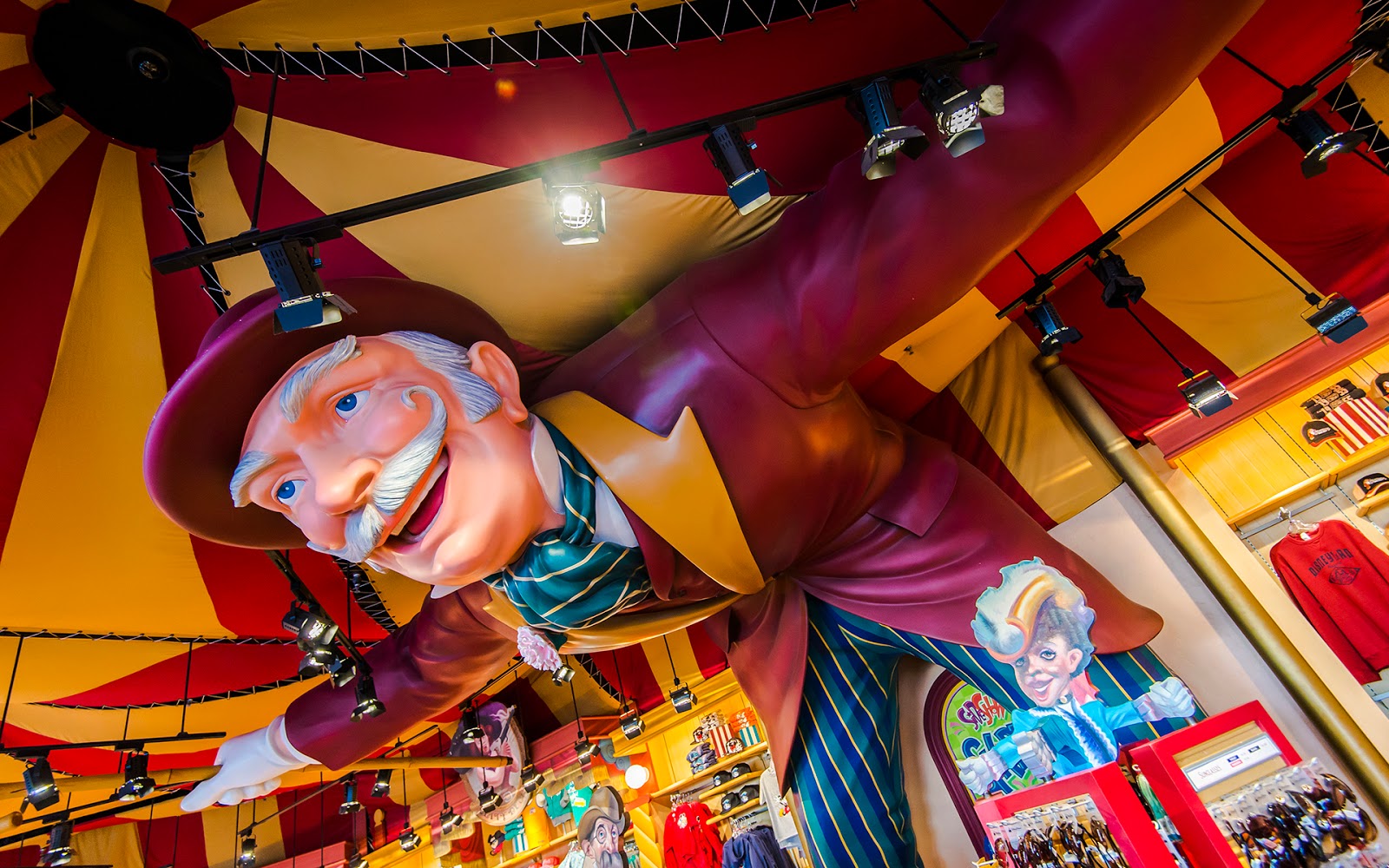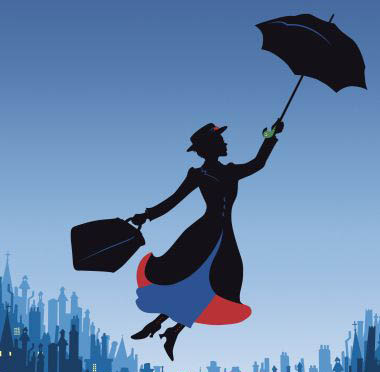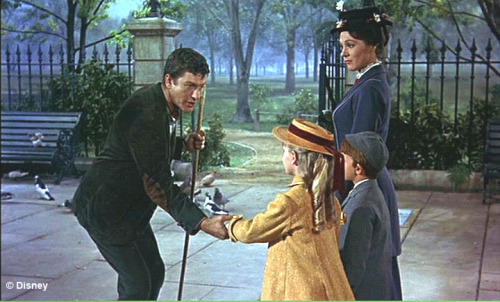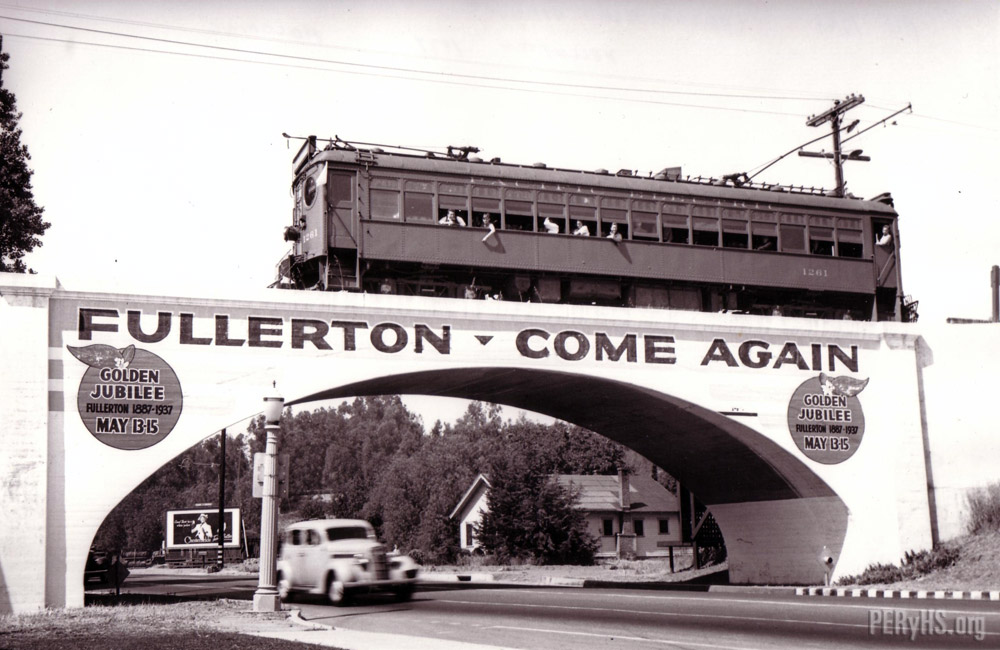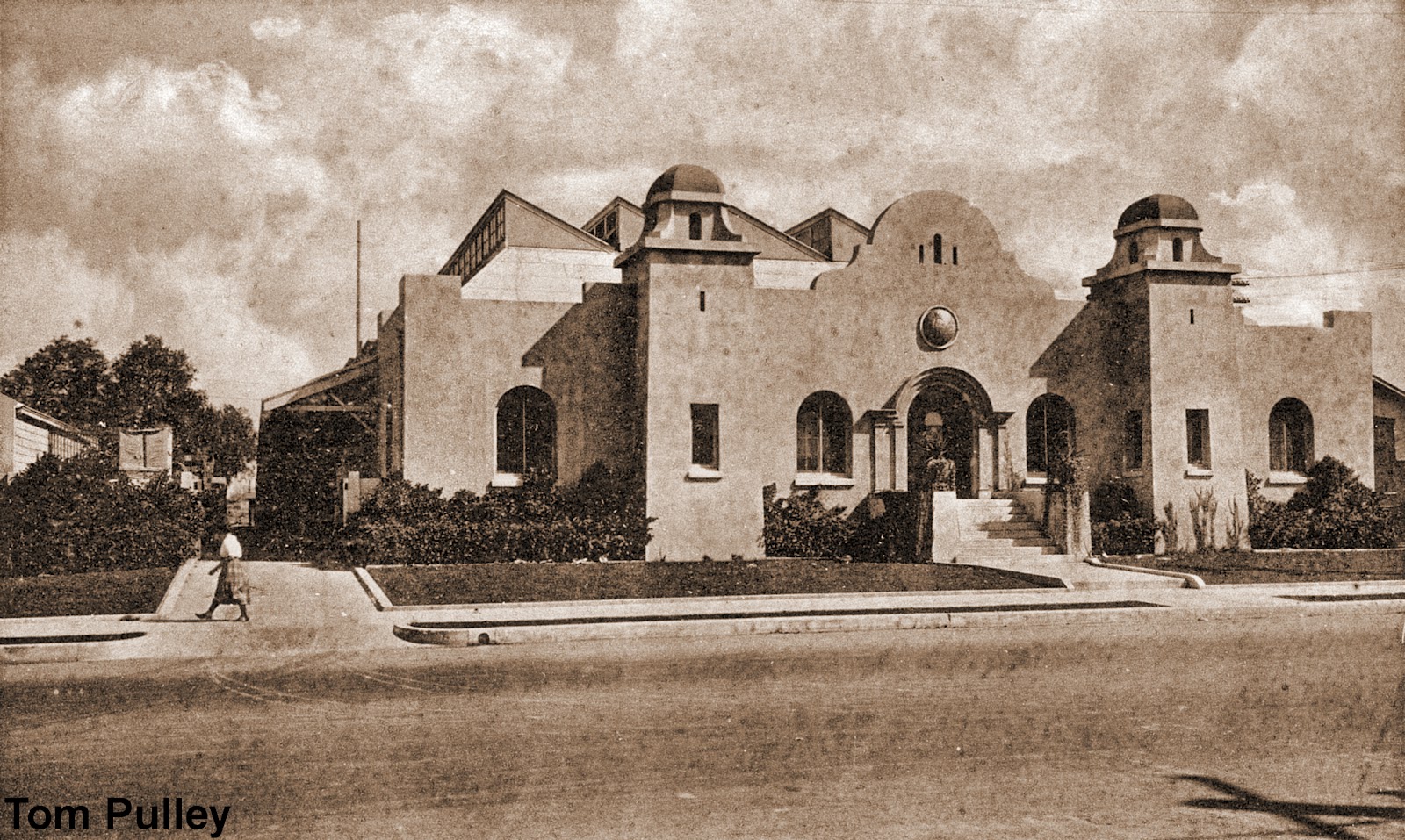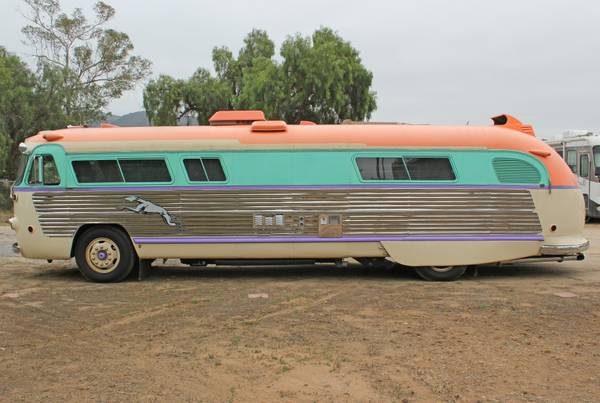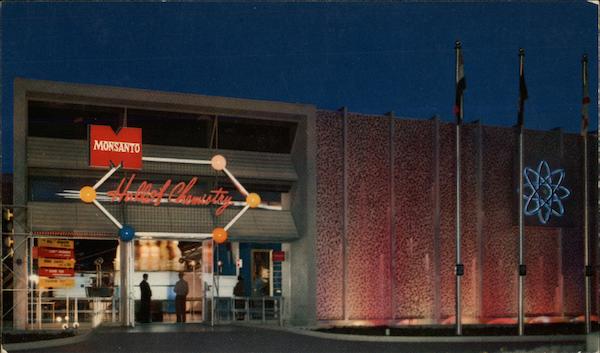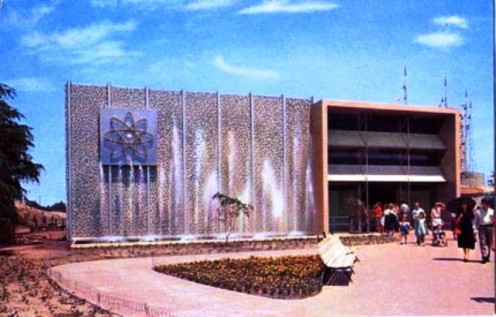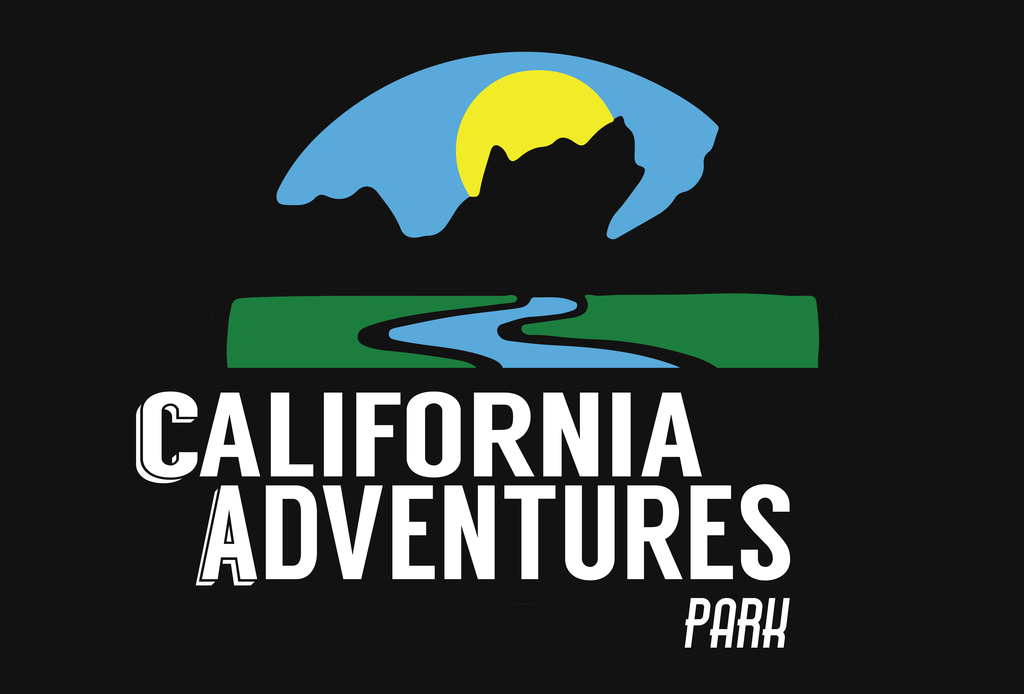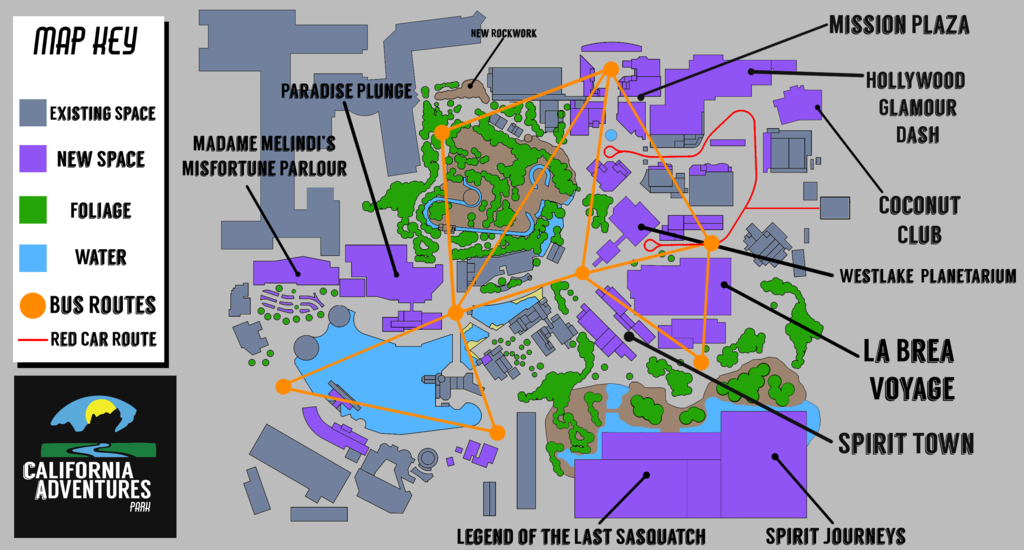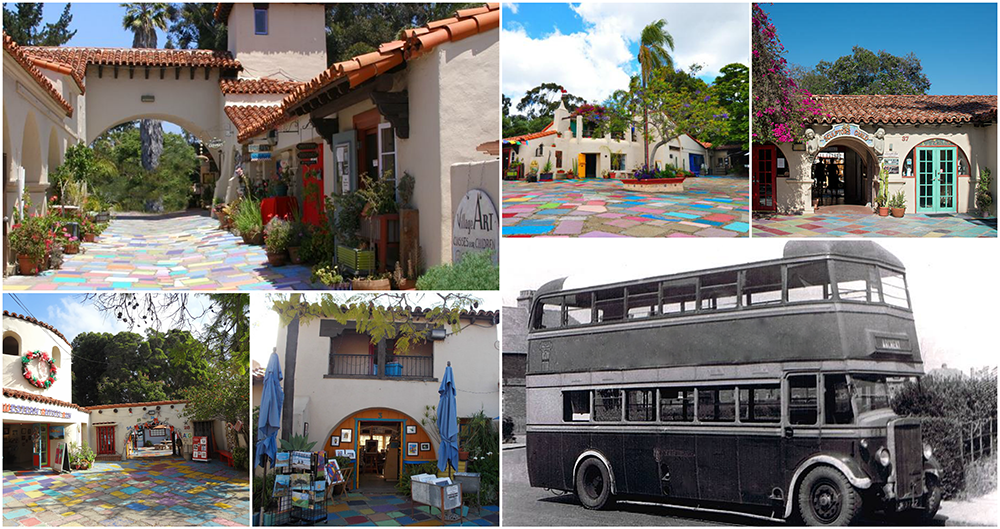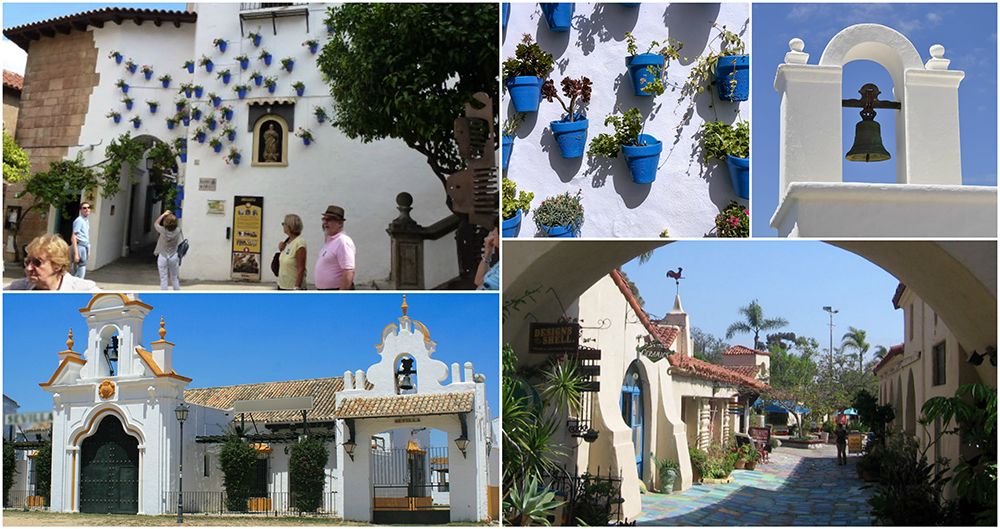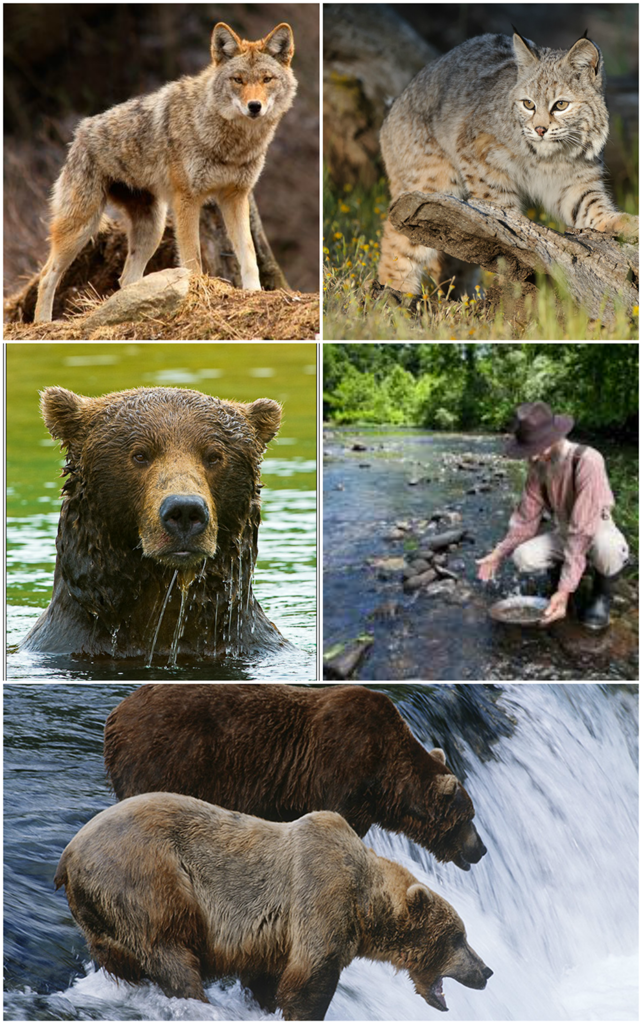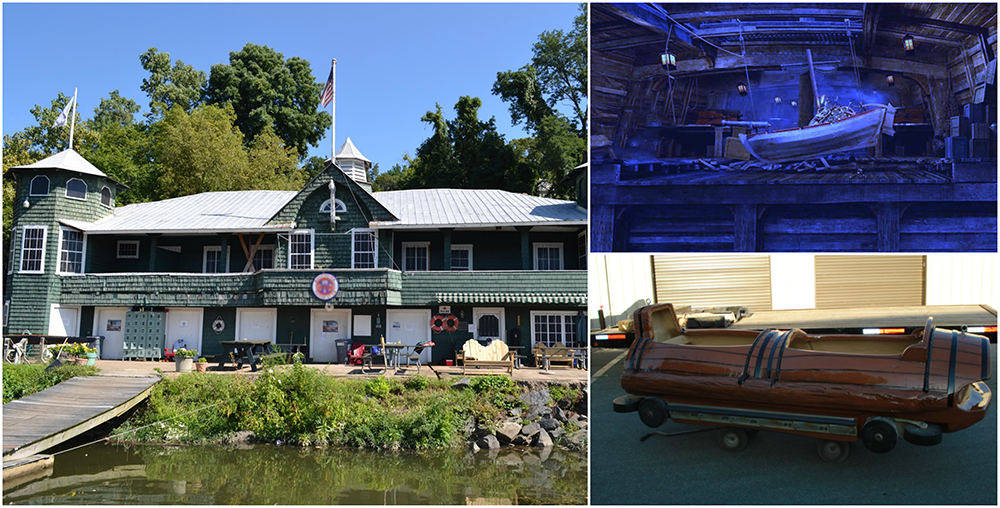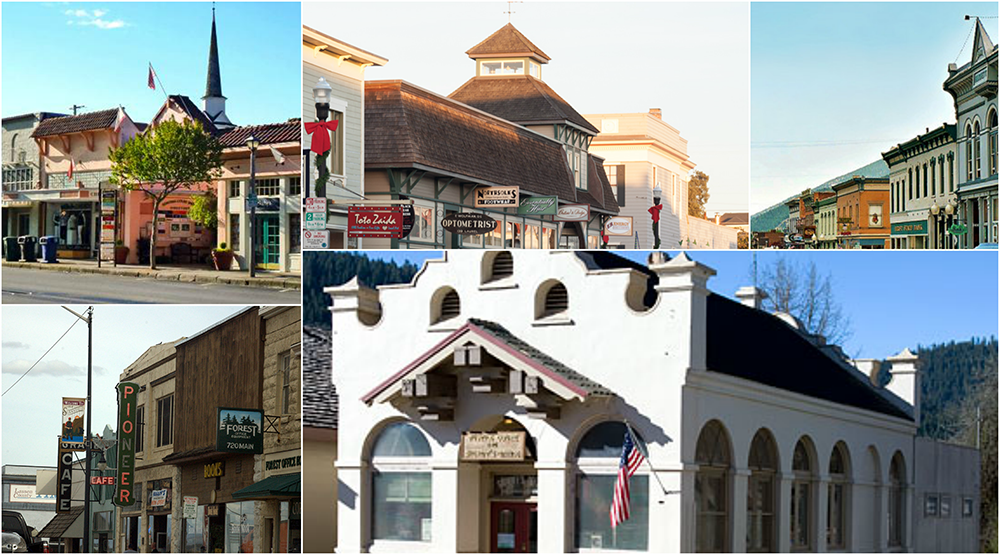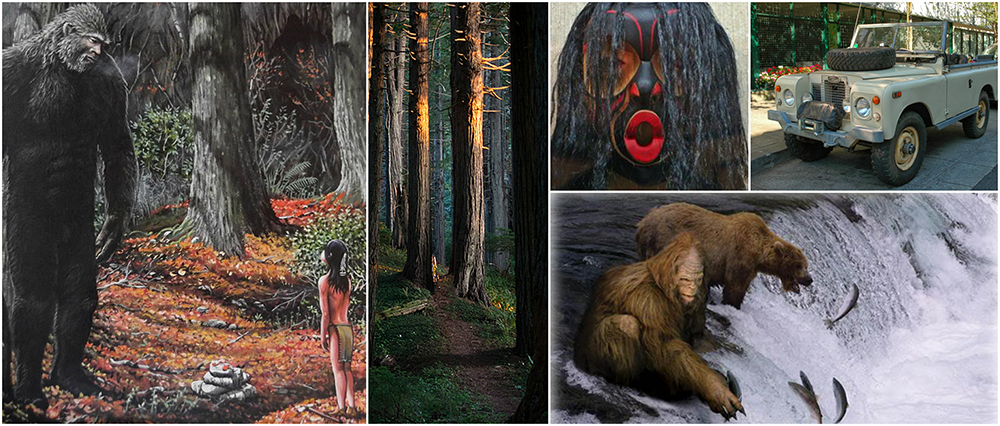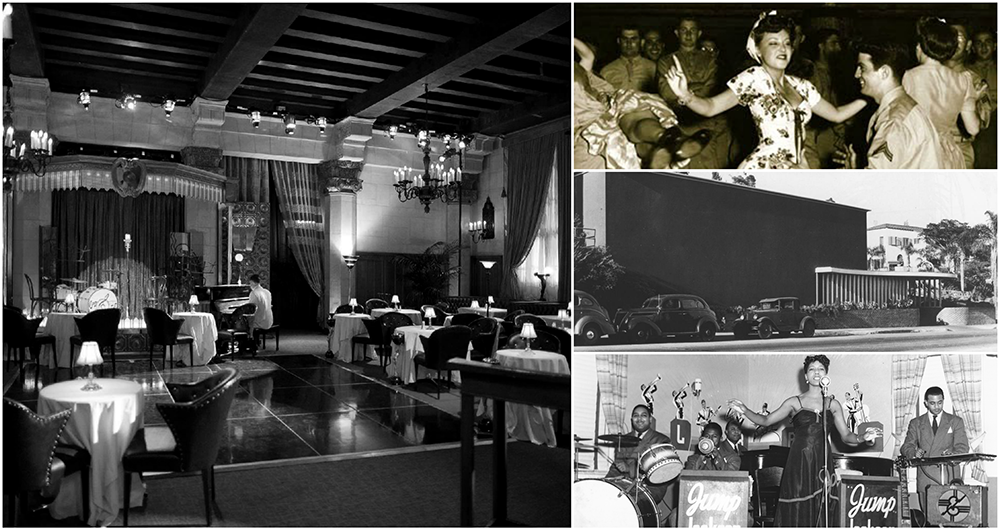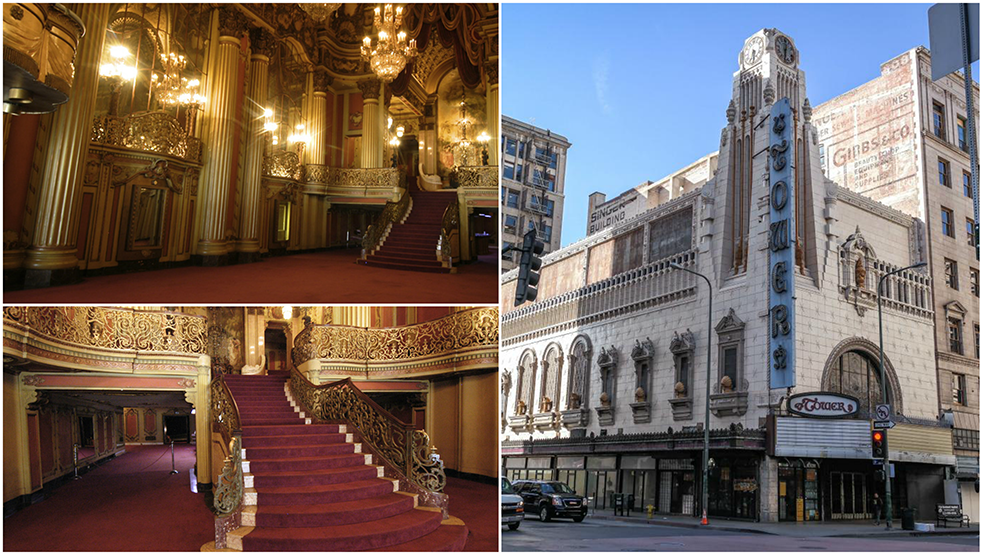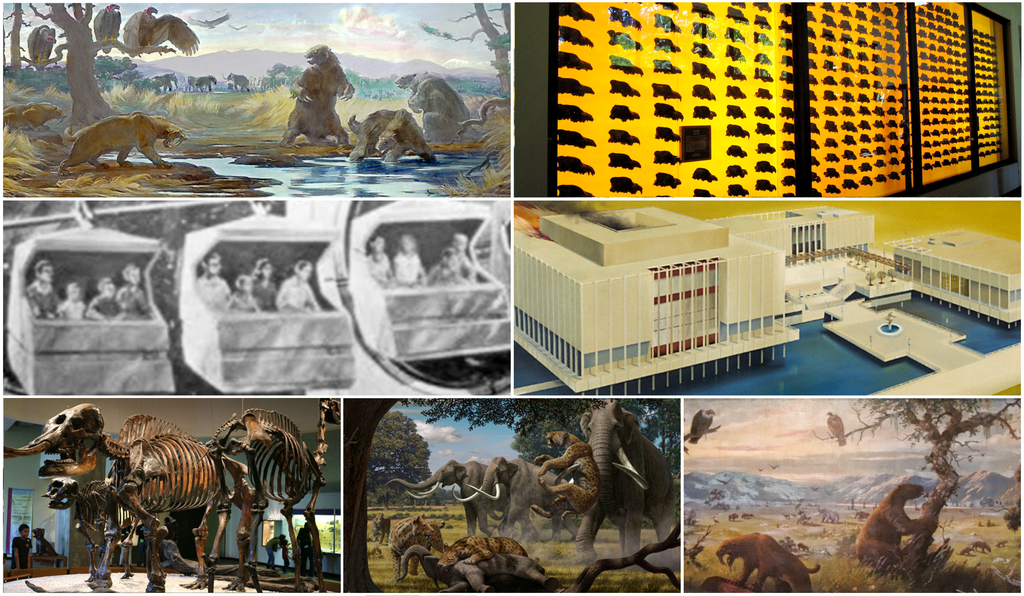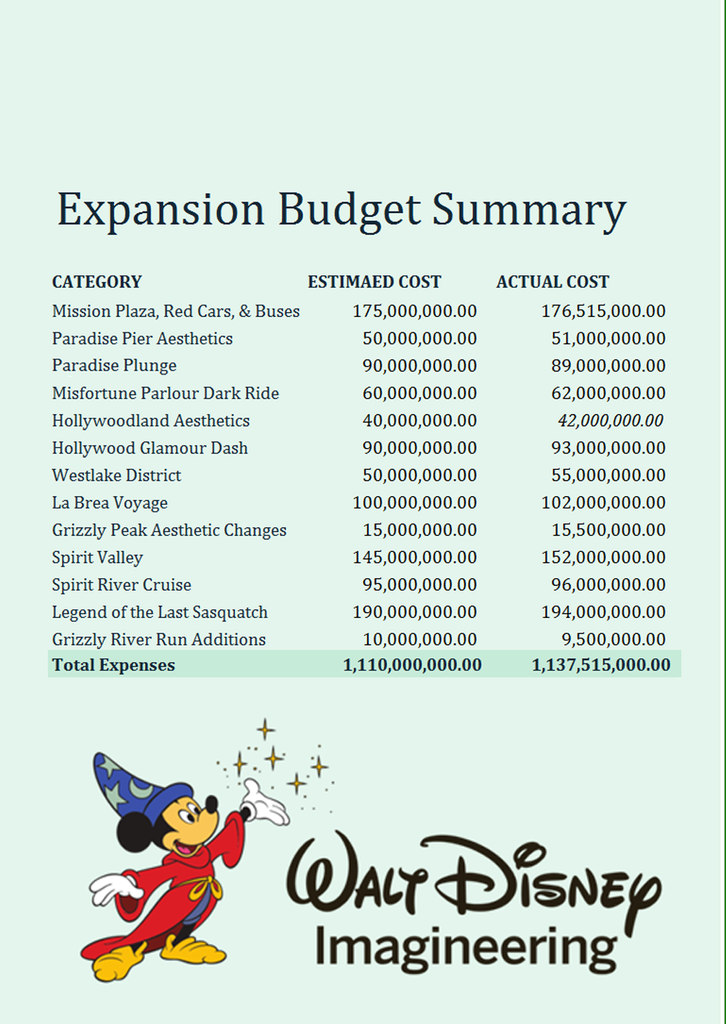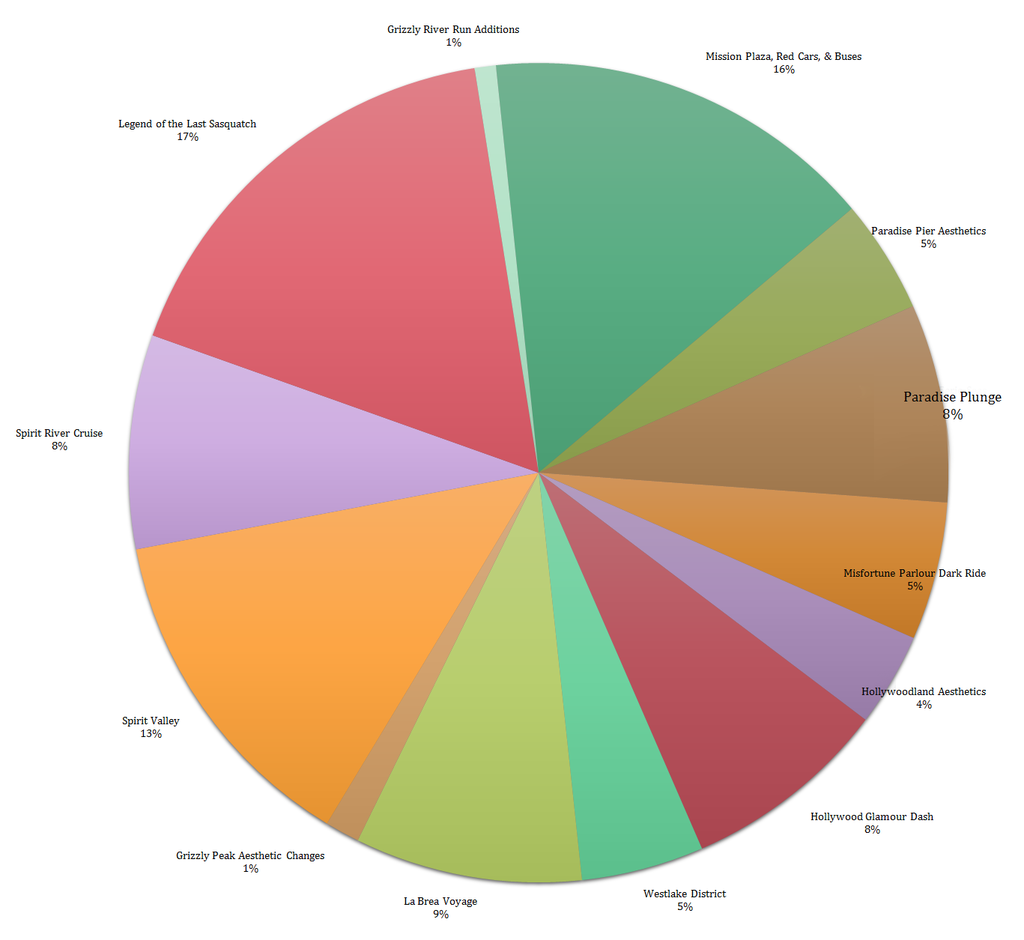Although first announced in 2007, it could be argued that the seeds for the five year, $1.1 billion redo of Disney’s California Adventure were first planted in 2002. In a meeting that had nothing whatsoever to do with theme parks, then-Disney CEO Michael Eisner and then-Pixar owner Steve Jobs held a discussion on the next few years of the Disney-Pixar partnership. Before Save Disney, before the Disney/Pixar falling out and before Eisner’s ouster, he and Jobs simply had the task of picking Disney’s 2005 Pixar release. Jobs presented Eisner with two potential films: one a movie based on a world of anthropomorphic vehicles called Route 66, and the other a very early version of Toy Story 3 (predating Circle 7’s “Buzz recalled” pitch by three years). Eisner chose the former, feeling that the money made on a potential Hot Wheels-esque franchise would overshadow any new Toy Story merchandise profits.
Eisner’s hunch was ultimately his last truly great decision - Cars, as Route 66 would become, made Disney money hand over fist and ended up becoming Pixar’s most profitable franchise. And of course John Lasseter’s personal love for the film ended up playing a big part moving forward; he convinced Disney’s executives that a potential Cars land would be a huge boon for the Disneyland Resort, which propelled the smaller scale multi-million dollar fix of California Adventure into a larger scale billion dollar fix, one that just about everyone agrees was worth the money.
But let’s go back to that 2002 Eisner/Jobs meeting for a second. What if Eisner didn’t believe in the Route 66 concept? What if, in a decision to play it safe during a turbulent time for the studio, he gave the go-ahead to Toy Story 3 as Disney’s 2005 Pixar release? It stands the reason that just about everything else would have happened as it did in reality: Roy Disney still would have resigned, Jobs would still want to break it off with Disney, Eisner still would have received a vote of no-confidence and stepped down in September 2005, and Bob Iger would still have succeeded him and mended fences with Jobs, purchasing Pixar and putting Lasseter in a position of power not only to revive Disney Feature Animation (which he ultimately does), but also creatively within Walt Disney Imagineering. The biggest differences here are that Toy Story 3 would have been released four years early (being bumped from 2005 to 2006 like Cars was in our timeline) and a world without Cars in 2006 would be a world with a financially scaled-back DCA redo.
That’s not to say that the multi-million dollar refurbishment of DCA would be bad, however, just perhaps lacking the budget for a scale that potential Cars merchandise profits could offset the costs of. With all that being said, DCA was still very much in need of a reset. Iger knew it, Lasseter knew it, and even the budget-shy executives knew it. The undertaking would still be unprecedented for a park like this, and new ground would still be broken in a way that would change the game as to how the American theme parks were run in the Iger years and beyond. It just did it in a fairly different way.
Judges, jurors, people of WDWMagic, I present to you my entry into SYWTBAI Season 14’s Final Project:
California Dreamin’ - An Alternate History.
Disney Announces Massive $750 Million Redo of California Adventure Theme Park
The Los Angeles Times | Richard Potter | October 17, 2007
In a move that is being described as a seismic shift in the theme park world, The Walt Disney Company has announced this morning that they will be allocating three-quarters of a billion dollars to revive its ailing California Adventure park, more than was spent to build the park in the first place.
Disneyland spokesman Rob Doughty commented earlier that “This is an opportunity to allow our second gate a chance to shine in a way that it hadn’t been able to before.”
This “chance to shine” is being described by some insiders as an attempt to make the park more like its older neighbor Disneyland, with more well-defined lands and place-making.
“There are plans to completely redo the Sunshine Plaza entrance.” says an anonymous insider who did not want to be named. “A theme hasn’t been settled on yet, but the intention is to make it a nostalgic call-back to Disney’s past in the same way that Main Street is.”
Beyond the entrance redo, Disney reportedly has plans to add two new attractions and a nighttime show to the Paradise Pier section, a “touch-up” to the Bountiful Valley Farm/A Bug’s Land area, and a brand new land to sit on what is currently the Timon parking lot. This will be coupled with general place-making to other sections in order to bring the park up to a more Disney-like experience.
The vagueness of the plans has not gone unnoticed by some. “It’s all smoke and mirrors” says Anaheim Councilman Bob Hernandez, claiming that the surprise announcement came out in the week that the city council was set to vote on approving a low-income housing development that Disney is against the construction of. “They have no concrete plans, they just want to seem like a good neighbor in order to counter the negative press.”
Disney’s spokespeople have countered this claim, stating that the announcements will come in time. Disney insiders like Al Lutz seem to believe them. “This is a frankly much-needed move that has been brewing for a while. It’s nice to see Disney finally addressing the elephant in the room.”
What is known of the $750 million plan is that it will last for five years and will technically start with the opening of their newest Paradise Pier attraction, an unnamed interactive dark ride rumored to be themed on a popular Disney/Pixar film, which is set to open next April.
The Plan
Part of the reason for the mostly detail-less announcement came from the fact that, as late as October 2007, there were disagreements as to how that $750 million was to be spent. Both the executives and Imagineers agreed that the mostly cosmetic approach to fixing DCA from 2002 to 2006 wasn’t working and that something much larger was needed; they just couldn’t agree on how large the change would be and what it would entail.
The executives for their part weren’t comfortable spending anything over the $660 million that the park had cost in the first place, feeling that a return on investment for theme parks just wasn’t there in the years following 9/11. Their proposal was far more modest: build off of the goodwill that the Disneyland 50th anniversary celebration had brought, ditch the modern and kitschy aesthetic for a more creative and timeless one, and keep the emphasis on things that you couldn’t get at Disneyland - namely, live shows and unique restaurants. In essence, make the park more like Epcot: more adult-oriented but still unmistakably Disney in a way that the old DCA wasn’t. Their $400-$450 million refurb plan was set to be a safe but responsible investment.
The Imagineers agreed to a point, but countered that going cheap was what had gotten DCA into the hole it was in to start with. Their plan was much more expansive: full thematic redos for every land, new rides, and in some iterations a completely new park layout. Or in essence make it more like Tokyo DisneySea: a jewel that could both complement and rival its sister park. Their $1-$1.2 billion refurb plan was bold but unprecedented.
Eventually the lack of agreement became so bad that Disney CEO Bob Iger stepped in to force a compromise: he and the board could support a $750 million budget for the redo, a budget that leaders of both teams ultimately found acceptable. That just led to a debate as to how the money would be spent, with the Imagineers favoring attractions and the executives favoring infrastructure refurbs.
After a fashion, John Lasseter and Imagineer Bob Weis held a series of meetings with Disneyland president Ed Grier and Parks and Resorts head Al Weiss over the direction of the project. During these meetings they drafted a grand compromise: small cosmetic changes would be made to each land to add a more timeless feel to the park; the entrance and main corridor would be redone; the nighttime water show would commence as planned, but would be joined by a high capacity dark ride; and a new land would be added next to Paradise Pier. The theme would be a bit more humble - hearkening back to the first few years of Disneyland seemed like a good place to start, and Disney’s California Adventure as was ultimately decided would be a celebration of a California that never was, but always would be. And of course, as was customary for new Disney parks, a preview center would be build in the Golden State section of the park. Their plan was submitted to Iger and the board for approval and ultimately signed off on. The timeline for each major addition would be as follows...
The Incredibles Midway Mayhem (2007)
A next-gen shooter had been in the works at Disney for a while. Virtual reality technology developed for Downtown Disney’s Disney Quest arcade coupled with an improvement in sensory and 3D technology over the course of the decade had made an attraction like this more or less a no-brainer for the Disney parks. The only question is, where would it go and what would it be about?
Something Pixar seemed to be an easy answer. Disney Animation had not yet become associated with the CGI characters necessary to pull something like this off, and now that Pixar was a wholly-owned subsidiary of the Disney studios they could easily offer support in developing this type of ride. Plus, John Lasseter had just been named to a key position within Imagineering, something that he had expressed excitement about. Almost immediately Lasseter and Pixar were sought out to assess the technology and give their opinions.
Lasseter seemed to like the technology and went to talk it over with the other Pixar creatives. Some almost immediately suggested a Toy Story theme for the ride: the franchise was popular and that summer’s Toy Story 3, which at one point was set to become the final Pixar film for Disney, was shaping up instead to be a defining symbol of reconciliation between the two studios. They ended up deciding against this however - a second shooter (following Astro Blasters) two years after the final film in the series was set to be released (barring the incredibly unlikely chance of a Toy Story 4 ever happening) hardly seemed worth the effort. After much deliberation, they ultimately decided on an Incredibles theme; it was fun, action-packed and filled with memorable characters, or in other words just the thing for an attraction like this.
And so it was that on June 17, 2008, The Incredibles Midway Mayhem opened to the public. The attraction received rave reviews upon opening, and continues to attract long lines to this day. Similar attractions have since opened in Florida and Tokyo to identical results, but our focus today is on the California version.
Guests enter the attraction under a popcorn-lighted sign and into a tented circus-looking building; while fairly mod on the inside, the exterior and queue are still very much keeping in line with the retro Boardwalk style that the Imagineers have planned for the redo of Paradise Pier. While the queue perhaps isn’t the most detailed, it does retain a charm that lulls guests into a sense of ease to surprise them for the unexpected action and fun that awaits. The most noteworthy thing about the queue is that it features an audio-animatronic Edna Mode, acting as a barker to draw guests in. “Dahlings! Are you perhaps interested in a wild time? Superheroics? Feats of daring do? Well, look no further!” The queue also features various circus posters alluding to the characters we are about to see inside: one the strongman who can lift up to 1000 lbs, another a flexible woman, a fire-blower, and so on. Coming to the end guests board what appear to be retro-futuristic vehicles; four-seating cars that spin on their own and feature guns that can fire at targets on screens. Told that these are the latest in carnival game technology, guests are sent off down an alley.
Stopping before a pair of screens, guests are greeted by a Pixar-ified version of the ringmaster featured in the nearby Sideshow Shirts. “Willing to try your luck?” he asks. This “bonus” round is in fact a practice area - guests shoot at balloons that look like robots and villainous looking sideshow characters, a nod to the villains that they will be facing in the attraction soon. After finishing up, he whisks guests away to the big top, where the show is about to begin. Entering a tent, guests can spot the Parr family taking seats in the aisles. Just as the show starts, a large clanging is heard and the room shakes - all of a sudden the tent is ripped off and a large Omnidroid stares down at the crowd. “Sorry to spoil the fun” says a voice “but there’s a new super in town.” On a screen guests see Syndrome, who laughs menacingly. The cars take off back into the fairground, but not before sharp-eyed guests can see the Parrs darting behind a curtain…
Back in the fairground, guests are instructed by the barker to shoot at the robots that have taken up a home in the game stalls. Depending on the robot’s reaction to being hit they either spray air or water at the guests. Just then one of the stalls collapses, and the guests travel to the next screen. This one is a dunk tank, where Syndrome’s henchmen seem to be chucking innocent bystanders into the water. Guests take aim at the henchmen, who in turn fire at the guests. Eventually the tank collapses, spilling water everywhere, and the guests move on.
Arriving at the edge of the fairgrounds, guests see the Underminer rising from the ground, apparently called out from his subterranean hiding place in the chaos. He sends some drilling robots after the guests, and they take aim at them before taking aim at the Underminer’s large drill. Having successfully taken it out, the drill falls back into its hole and guests move on.
Entering what appears to be a recreation of Paradise Pier (which in the ride is lit either day or night depending on the time), mayhem ensues on the boardwalk. Luckily the Incredibles and Frozone have arrived, and begin saving the populace and taking out the robots. Moving down the boardwalk guests are encouraged to fire at the robots, which similar to earlier shoot air and water at the guests.
In the final showdown just outside the King Triton carousel, the group and guests have to defeat the Omnidroid. Taking aim, guests look for weak spots before the supers fire a hole into the robot with its own arm. Shooting its mechanical inside through the hole, guests manage to shut it down. Syndrome escapes and the supers follow him, but not before thanking the guests for helping them save the day. With that, the vehicles move back into the station and guests exit back onto the real Paradise Pier, seemingly untouched and wondering if the experience was real or not.
Mary Poppins’ Jolly Holiday (2010)
A large-capacity attraction was needed in DCA, and with the expected crowds that the World of Color show was set to pull in it was becoming more necessary than ever. A consensus was reached that the easiest way to do this would be to build an omnimover dark ride based on a classic Disney film, but the question was which one. After some thought, the Imagineers began to dig through the archives and stumbled upon concepts for an attraction based on a beloved movie that had very nearly gotten its own Tony Baxter designed ride in Fantasyland and at the time of the DCA redo was being adapted for a Broadway musical.
That’s right: Mary Poppins.
Guests enter a large, Victorian style building and step in (time) to the queue. The line leads upwards, past paintings and mosaics that had been drawn by Bert during his time as a sidewalk artist. Following the line guests come to the loading area, the park as seen in the film. Boarding benches flanked by carousel horses on either side, the lap bar descends and Uncle Albert can be heard telling guests to make sure that their hands, arms, feet and legs are inside at all times. The benches turn a corner into the ride and guests see Bert, performing in front of a group of people. He turns to the guests. “Oh, it’s you! Hello! 17 Cherry Tree Lane is that way.” Guests follow the queue and see the home of the Banks family, with Mary Poppins descending down while an astonished Jane and Michael look out from their bedroom window. Moving to the next scene, guests see Mary singing A Spoonful of Sugar to the children as the room magically puts itself back together.
The next scene shows the trio and Bert jumping into a chalk picture, and the guests aren’t too far behind. The vehicles turn backward and descend, turning forward again and entering a cartoon world where Bert and some penguins serenade Mary with Jolly Holiday. This moves into Supercalifragilisticexpialidocious, at which point the vehicles ascend out of the painting… and all the way to the rooftops of London. The four sing Chim-Chim-Cheree while overlooking the city, which moves into a rousing rendition of Step In Time, as the chimney-sweeps descend into the streets of London. Joining them, guests see the film’s cast back in the parks flying kites, as Let’s Go Fly a Kite plays appropriately. Bert turns to the guests and implores them not to stay away too long, at which point the vehicles return to the loading platform, disembarking and descending a stairway back into Paradise Pier.
Golden Lane, USA (2011)
The new DCA’s version of Main Street would not be a particularly grand or bustling entrance as some had hoped (including Bob Weis, who had wanted to do something more along the lines of DHS’ Hollywood Boulevard), but from a narrative standpoint it would fit in more with the master plan. Golden Lane, USA, as it was to be called, served a similar purpose as the entrance land directly opposite it: as Main Street, USA was themed after a 1900s midwestern small town, Golden Lane, USA would be themed after a 1950s west coast small town - specifically, Anaheim around the time that Disneyland first opened.
The park entrances have been pushed out further - whereas in the old DCA you entered near the Golden Gate inspired bridge, in the new DCA you enter closer to where the giant “CALIFORNIA” letters were. Entering through a missionary style ticket booth, guests find themselves in a wooded area reminiscent of a rural town. A small gas station sits off to the right and a general store to the left - the gas station holds bathrooms while the general store is an all-purpose information center. In here, guests can make reservations, get help from customer service or plan their day in the park.
The Golden Gate Bridge has been replaced with the more theme-appropriate Fullerton Pacific Electric bridge - however, rather than a trolley passing overhead, the Disneyland Monorail instead crosses.
Passing under the bridge, guests are greeted to a replica of a small postwar suburban central town. The buildings are low and modest but decked out in either more understated signage or neon Googie signs. On the left is a 1950s cafe, where guests can purchase coffee and pastries; a toy store; a six screen cinema (showing 1950s Disney cartoons); a photography store; and at the end a jewelry store. On the right is a candy store; a book shop; a new-fangled fast food hamburger restaurant; an electronics store; and at the end a 1950s diner, serving as this land’s table service venue. On the pathway to the Golden State area are the relocated First Aid and Baby Care stations as well.
At the end of the street is a “hub” modeled after the original 1950s Disneyland hub. There is no Partners statue here, only a gazebo, benches and flowers. And as no Disney park would be complete without a landmark, Golden Lane has one: a reproduction of the original Anaheim Orange and Lemon Association building. Inside is home to an all-purpose theater, showing musicals, films, stage plays and concert venues.
Worried that the land would be lacking in the kinetic energy that made Main Street so famous, the Imagineers created a series of Streetmosphere acts: the Doo Wops, DCA’s version of the Dapper Dans who perform 1950s hits; the Farmer’s Association, a group of comedic farmers; and general denizens of the land, including the Mayor, policemen and firemen, and an Elvis type who wants to leave town to make it big in LA or Vegas.
The final big change to the land is the transportation system. In a mirror of Main Street’s trolleys, Golden Lane has three recreation 1953 Flxible Greyhound buses, which can take guests up and down the Lane, to Hollywoodland (a rethemeing of Hollywood Pictures Backlot into a more 1950s appropriate Hollywood), and finally to our next addition.
Old Anaheim Orange Groves (2011)
In a move to tie in the thematic landscape a bit better, A Bug’s Land and the remaining areas of Bountiful Valley Farm have been removed. In their place is a section very much dedicated to the past, an orange grove. This section features both a Living with the Land style boat ride and a farmhouse restaurant.
The first attraction of note here is the Orange County Cultivation and History Museum, located in an old barn on the farm. The attraction takes place over two stories: guests enter through the front of the barn and travel up a flight of stairs. In the rafters guests learn about the history of orange cultivation, dating back to China in 2500 BC through the 1950s. After that they descend a flight of stairs and enter the first floor, where a screen is set up. The film playing is about the history of oranges in California, and how the fruit has come to define the state.
The second attraction is a boat ride through the orange groves. The boats begin showing the practice of cultivation by hand, before moving on to another scene showing the life cycle of an orange tree. Then guests are shown ways that farmers protect the trees from disease and pests, before moving into the final section discussing the future of orange growing and harvesting.
The final offering here is a restaurant: Clement and Sons, set in a farmhouse and similar in design to Florida’s Liberty Tree Tavern. Here guests can buy an assortment of farm-fresh foods, including freshly squeezed orange juice.
The Fairgrounds (2012)
The final portion of the redo is not a land in the traditional sense - rather, it is an attempt to bring a bit of old-school Disney to a new-school park. The Fairgrounds is a celebration of Disney’s relationship with the greater community; not just Anaheim, not just America, but the whole of humanity. As such, it is best described as a mix between Tomorrowland, Holidayland, the 1964 World’s Fair, and Epcot. The Fairgrounds will focus on tying a sense of real world community to DCA and in a way will finally bring WestCot to California.
The Fairgrounds are located next to Paradise Pier and the orange groves, in the former Timon parking lot. Guests enter under a lighted banner, enticing them to come in. After entering a main plaza, featuring a reconstruction of the old Clock of the World in Tomorrowland, guests can wander off in different directions to see the different attractions.
On the far left is a playground, styled after the Tower of the Four Winds from the 1964 PepsiCo pavilion that unfortunately did not make its way to Disneyland after the pavilion closed. Anchoring the playground is a recreation of the former Midget Autopia, stylized after the Ford’s Magic Highway attraction that also never made it to Disneyland - this version is naturally toned down, showing younger guests the history of transportation in a cutesy, Mary Blair style.
In the center left is a building styled after the former Hall of Chemistry. The building features an Innoventions style series of exhibits that change out every so often, all of them about technology and discoveries. In the back of the pavilion is the Metro Retro 3D Theater, showing a film about how people of the 1950s perceived life in the 21st century would be.
In the back center is a stage, a smaller version of the never-built Disneyland Bowl. The height of the bowl helps conceal the view of the buildings of the outside world, helping to maintain an illusion of closed-offness that the old DCA didn’t particularly attempt to do. The bowl is home to a nightly concert highlighting various music from around the world, which changes from season to season. Its function is similar to the America Gardens Theatre in Epcot, where it also houses musical acts for the Food and Wine festival.
In the center right is a building styled after the old Circarama building, and is home to exhibits showcasing countries and cultures from around the world. The “Circarama” part wasn’t a joke either - in the back of the building is a CircleVision 360 theater, showing off a rotating series of travelogues from around the world.
And on the far right is an outdoor market, with various stands set up to sell food and merchandise from around the world. The Bazaar area is also home to a seating area and picnic tables, with bathrooms in the back.
And so, that was that. A compromise that gave everyone a little bit of what they wanted while helping establish DCA as a worthy second gate. While this would not be the end of the park’s story, it would represent the closing of the book on one chapter of the Disneyland Resort's history, and a new one opening to take it into a great big beautiful tomorrow.







